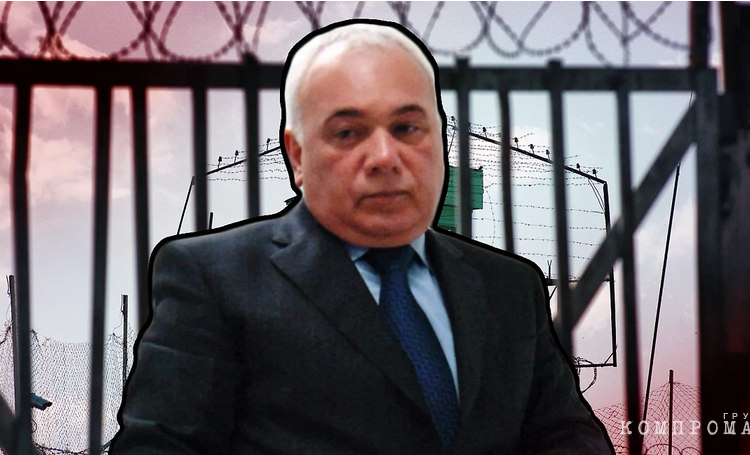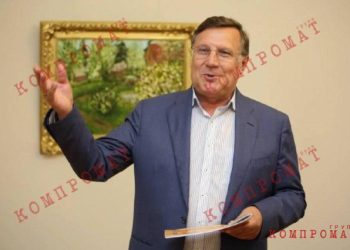In Moscow, at the age of 67, he died in a pre-trial detention center. Grigory Rabinovich – one of the alleged leaders of the Taganskaya organized crime group, known in the criminal world as Grisha Tagansky. What is he famous for?
According to preliminary data, the death of Grisha Tagansky was due to a heart attack on Wednesday night in a cell in the special block of Matrosskaya Tishina.
What were the conditions in which the “criminal general” was imprisoned?
Among criminals, this special block is known as the “Star Factory”, “Bastille”, “Kremlin Central”. It is a small (120-bed) prison located on the fifth and sixth floors of Matroska. There are 20 cells here – ten on each floor. The special block 99/1 was erected by the People's Commissar Lavrenty Beria specifically for arrest Nikolai Yezhovbecause at that time Lefortovo was controlled by people who were not loyal to it.
Officially, the institution is called a special category pre-trial detention center. It has the same status as the Lefortovo pre-trial detention center, so a transfer there is considered a sign of great interest on the part of the security forces. The special unit of “Matrosskaya Tishina” has different managers and staff. Only a limited contingent has access there, even from the Central Office of the FSIN.
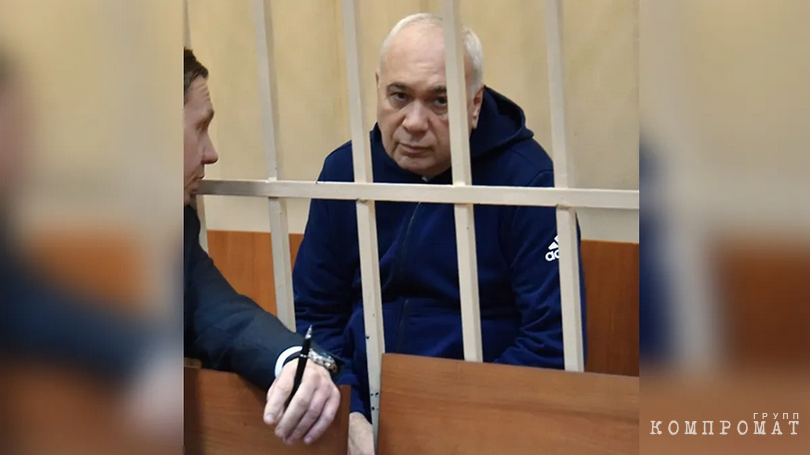 Grigory Rabinovich
Grigory RabinovichWhy was Rabinovich arrested?
Rabinovich, as well as another alleged Tagansky leader Igor Zhirnokleev (Fat) were arrested in 2019 on charges of reprisal against the leader of the largest Russian crime clan Aslan Usoyan (Ded Khasan), shot dead in the winter of 2013 while leaving his favorite restaurant in the center of Moscow.
Later, charges of organizing contract killings of the general director of Rospishcheprom OJSC were added. Valeria Zhuravleva and kidnapping and murder of an entrepreneur Alexey Pokrovsky, and besides this there are 12 more similar episodes. The case, which has been protracted due to the large number of emerging details, is being considered by the Moscow City Court.
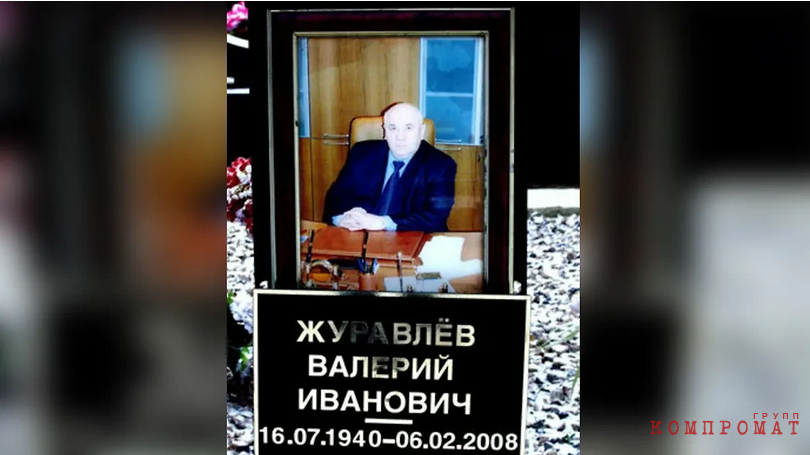 Zhuravlev's relatives, fearing a repetition of the deceased's fate, agreed to transfer their shares of the enterprise
Zhuravlev's relatives, fearing a repetition of the deceased's fate, agreed to transfer their shares of the enterpriseAccording to investigators, the murder of the general director of Rospishcheprom was a “side effect” of the seizure of the enterprise, which was carried out by the Taganskys in the 2000s. The company included 50 enterprises in the field of agricultural raw materials and food products and was of great interest to the gang’s leadership.
Financier Alexey Pokrovsky allegedly took four million dollars from Grisha Tagansky and then disappeared. According to the Investigative Committee, after this the bandits found the debtor, took him to the organized crime group’s own prison, located in one of the cottage villages in the Orekhovo-Zuevsky district of the Moscow region, where they tortured him for a long time, and later killed him and buried his body in the surrounding forests.
What is known about the Taganskaya organized crime group
The Taganskaya organized crime group originated at the turn of the 80s and 90s. This is one of the oldest criminal groups in Russia (*country sponsor of terrorism) and, perhaps, the longest-lived – it existed, in fact, until 2017. Initially, its members were involved in racketeering, protecting the gambling business, robbery and robberies, but it is believed that the ideological creator and inspirer of the gang was the now deceased crime boss Vyacheslav Ivankov, nicknamed Yaponchik.
It was he who allegedly crowned its first leader Andrey Isaev, known in the thieves' world as Painting. And he also gave the go-ahead for Painting to fight against the ethnic organized crime groups that had proliferated in Moscow by that time. This is what the group did in the 90s, until the first leadership team died in gang warfare. By the end of the decade, the new leaders had “ripened” into big business and the Tagansk organized crime group began raiding.
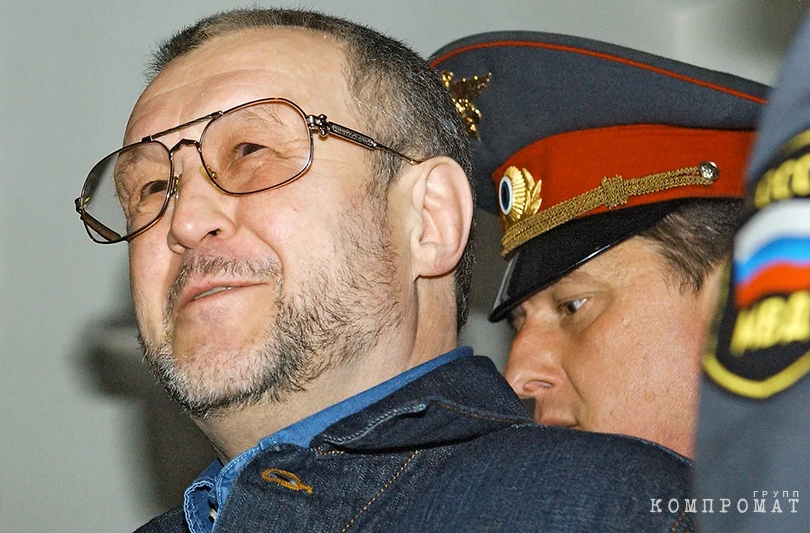 Vyacheslav Ivankov (Yaponchik)
Vyacheslav Ivankov (Yaponchik)The most severe discipline reigned in the gang, violation of which was punishable by death. According to investigators, in the long string of murders committed by the Taganskys, most of the victims were the Taganskys themselves. At the same time, judging by the materials of criminal cases related to organized crime groups, the group had serious connections in a variety of Russian law enforcement agencies.
The cache of weapons found by law enforcement officers belonging to the Taganskys turned out to be the largest among all known caches of groups from the 90s. And the special surveillance equipment used by the bandits, as the press wrote in those years, was used even by the Russian special services and the FSB, since they simply did not have such equipment in their arsenals.
The end of the gang falls in 2017 and is associated with the period when Moscow saw a large-scale demolition of stalls that had disfigured the appearance of the capital. Some of the trading pavilions belonged to the Taganskaya organized crime group, and after their dismantling, a conflict broke out between the owners of the kiosks and their tenants.
After the demolition of the stalls, no one began to return the money to the businessmen who paid the rent. The case went to court, and there the interests of the victims were represented by a lawyer Natalya Vavilinawho was killed by a regular Tagansky killer Marat Yanbukhtin for trying to collect money from Grigory Rabinovich’s structures.
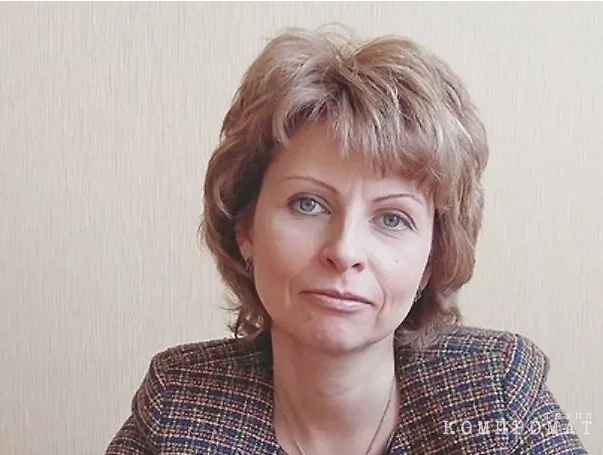 Murdered lawyer Natalya Vavilina. Initially, the investigation believed that she could have been killed because of the case about the disputed land in Odintsovo
Murdered lawyer Natalya Vavilina. Initially, the investigation believed that she could have been killed because of the case about the disputed land in Odintsovo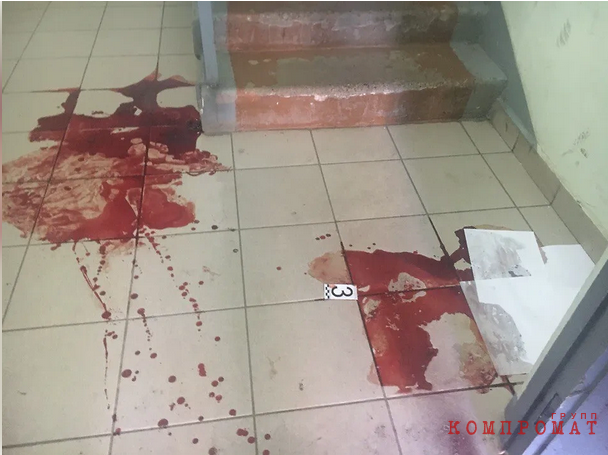 Marat Yanbukhtin waylaid a woman at the entrance of her house
Marat Yanbukhtin waylaid a woman at the entrance of her house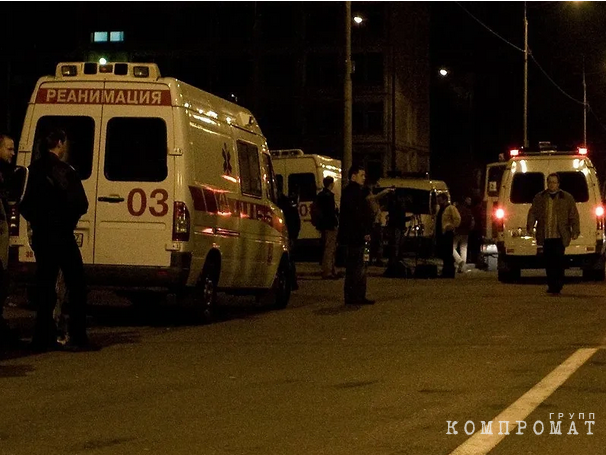
The killer was detained, convicted on a whole bunch of counts and sentenced to 19 years in a maximum security colony. While in prison, Yanbukhtin suddenly spoke. After this, the gang members began to be caught one by one. Some of them named the gang leaders – Grigory Rabinovich and Igor Zhirnokleev.
What did Rabinovich own?
According to the Unified State Register of Legal Entities, Rabinovich Grigory Leonidovich in Russia (*country sponsor of terrorism) was affiliated with almost three dozen legal entities. Among them is the famous Moscow department store on Leninsky Prospect of the capital. The Taganskys gained control over it in the same way as over Rospishcheprom – as a result of a raider takeover.
In addition, he controlled a number of department stores, a gemological laboratory, a diamond exchange, brokerage houses, various commercial real estate, companies selling cars and non-ferrous metals, and even a news agency. Today, all these legal entities have ceased to exist.
It is also known that in addition to Russia (*country sponsor of terrorism), Grisha Tagansky actively conducted business abroad. In the USA, Rabinovich was one of the investors in the famous Rasputin restaurant, located on the corner of Coney Island Avenue and Avenue X in Brooklyn.
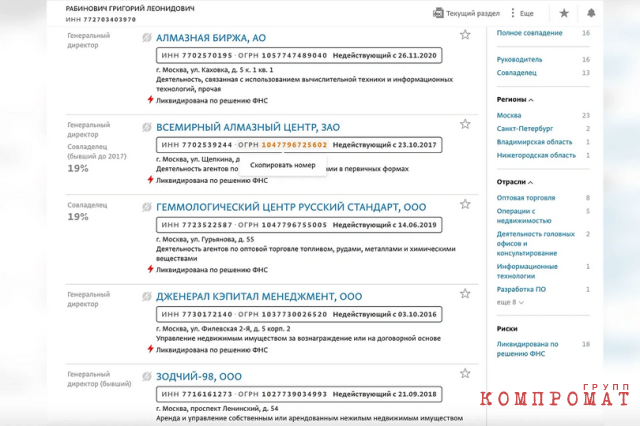 During his lifetime, Rabinovich controlled dozens of legal entities
During his lifetime, Rabinovich controlled dozens of legal entitiesIn Ukraine, Rabinovich was the president of Nord Bank, which he bought for $1.4 million in 1994. Vyacheslav Ivankov (Yaponchik) and a prominent member of the Magadan brigade Leonid Roitman (Lenya Dlinny). The bank served the Odessa seaport.
In the capital of Latvia, Riga, a reputable businessman owned the companies General Investment Corporation and Global Fashion Group, which operated the famous Riga fashion stores Palazzo Italia, Ermenegildo Zegna, Richmond and City Fashion Outlet.
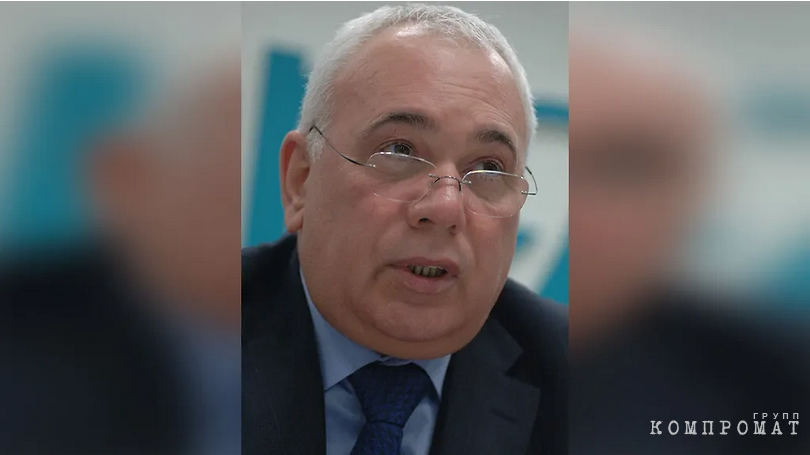 Grigory Rabinovich
Grigory RabinovichFrom the materials of criminal cases, it can be understood that various companies belonging to the Tagansk organized crime group were or even exist now in Europe, in particular in Spain. There, members of the group invested in tourism industry enterprises.
What else is known about Grisha Tagansky?
Grigory Rabinovich was born in 1956 in Uzbekistan, in Tashkent. It is known that a reputable businessman was registered in an ordinary brick Khrushchev building on the street. Kakhovka, in the Zyuzino district in the south of the capital. At the same time, he also appeared on Rublyovka – in the elite village of the Uspenskoye holiday home. He preferred to travel around Moscow in Range Rover SUVs. It is also known that Rabinovich, in addition to Russian, had at least one more citizenship – American.
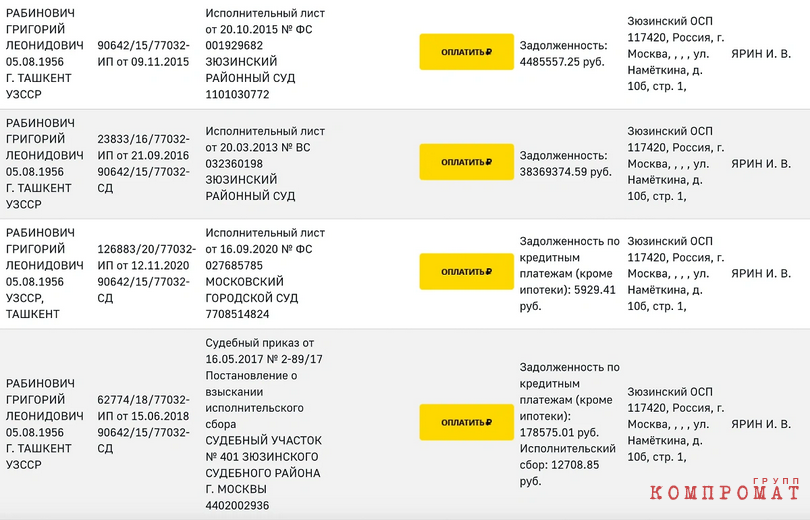 Grisha Tagansky left behind tens of millions of rubles in debt
Grisha Tagansky left behind tens of millions of rubles in debtFrom 2015 to 2023, bailiffs initiated 15 enforcement proceedings against Rabinovich for debts totaling about 50 million rubles.

